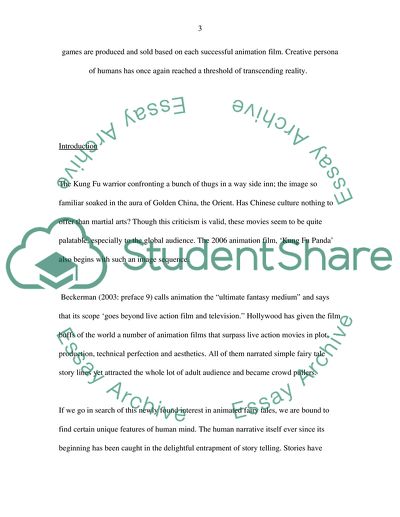Cite this document
(The Fourth Dimension of Animated Reality Research Paper, n.d.)
The Fourth Dimension of Animated Reality Research Paper. Retrieved from https://studentshare.org/visual-arts-film-studies/1732642-film-production-computer-graphics
The Fourth Dimension of Animated Reality Research Paper. Retrieved from https://studentshare.org/visual-arts-film-studies/1732642-film-production-computer-graphics
(The Fourth Dimension of Animated Reality Research Paper)
The Fourth Dimension of Animated Reality Research Paper. https://studentshare.org/visual-arts-film-studies/1732642-film-production-computer-graphics.
The Fourth Dimension of Animated Reality Research Paper. https://studentshare.org/visual-arts-film-studies/1732642-film-production-computer-graphics.
“The Fourth Dimension of Animated Reality Research Paper”, n.d. https://studentshare.org/visual-arts-film-studies/1732642-film-production-computer-graphics.


